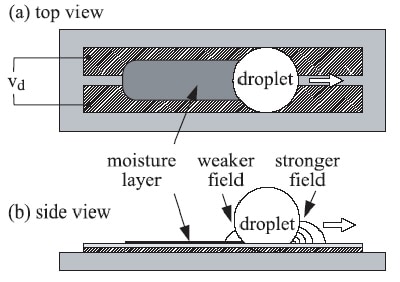F
Frylock
You don't make statements i don't like, but looking back at your post i can see that you were in agreeance with trichrider, not scoffing AT him, so my mistake.
Sometimes sarcasm (or vice versa) is hard to interpret through text, so i apologize.
I had the same conversation with someone a few weeks ago so that's why i was compelled to reply to you, not trying to 'jump on you'
Sometimes sarcasm (or vice versa) is hard to interpret through text, so i apologize.
I had the same conversation with someone a few weeks ago so that's why i was compelled to reply to you, not trying to 'jump on you'


 for the clearity into the matter
for the clearity into the matter
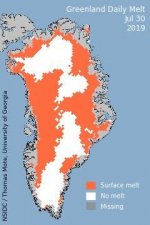
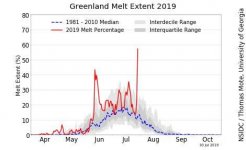

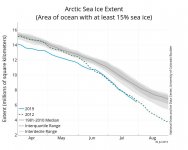

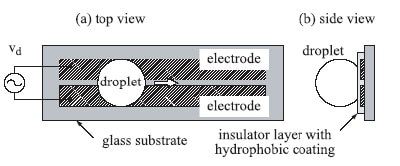 Figure 1
Figure 1 

